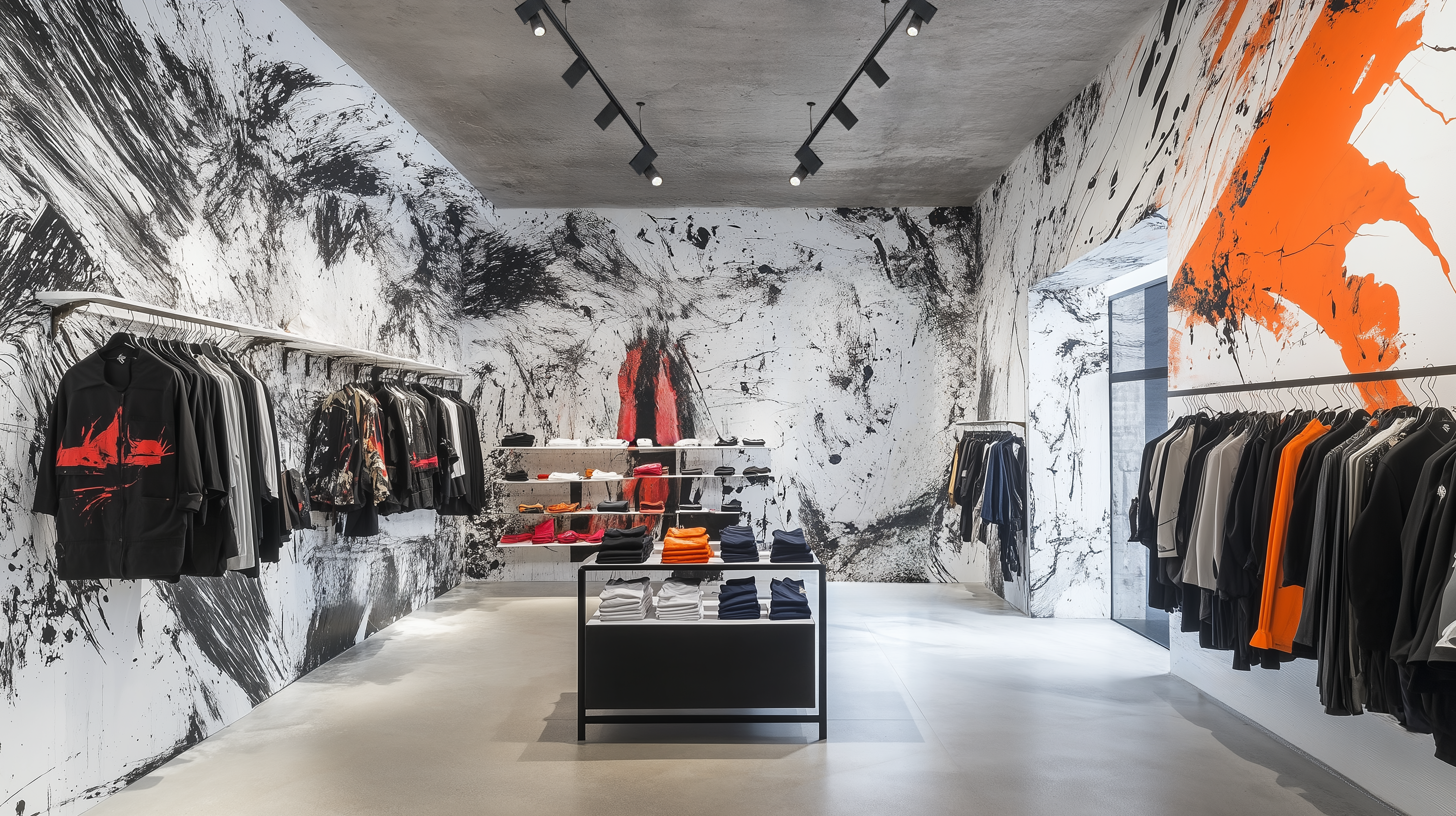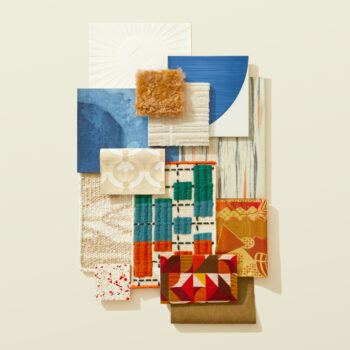
As retail design continues to evolve, brands are borrowing from the world of galleries to transform shopping into a visual and spatial experience. Across luxury boutiques, pop-ups, and concept stores, retail environments are becoming exhibition spaces, where products are thoughtfully framed, materials are meticulously chosen, and every detail is treated as part of a curated narrative.
The influence of gallery design begins with layout and pacing. Rather than packing shelves wall-to-wall, modern retail spaces favor negative space and focal moments, allowing each item or collection to breathe. Floating shelves, custom plinths, and frameless wall systems create a sense of minimalism that centers the product and guides the eye with intention.
Materials and finishes take cues from art institutions—smooth stone flooring, plastered walls, matte metals, and natural woods provide a quiet but elevated backdrop for color and form to take center stage. These choices aren’t just about style; they shape how products are perceived, helping to reinforce ideas of quality, artistry, and intentionality.
Lighting is another defining feature. Track systems, spotlights, and sculptural pendants are layered to highlight textures and create drama. Just like in a gallery, light is used to draw attention, define mood, and shape the visitor’s journey.
Some retailers go even further, incorporating site-specific installations, digital art displays, or rotating artist collaborations to blur the line between commerce and culture. In these spaces, shopping feels immersive—less about transactions and more about experience.
By treating the store like a gallery, brands are reframing the retail experience. These spaces don’t just showcase products; they invite discovery, spark curiosity, and elevate everyday objects into something memorable and meaningful.
Look for a more immersive retail design? Check out our article on The Rise of Experiential Pop-Ups.







